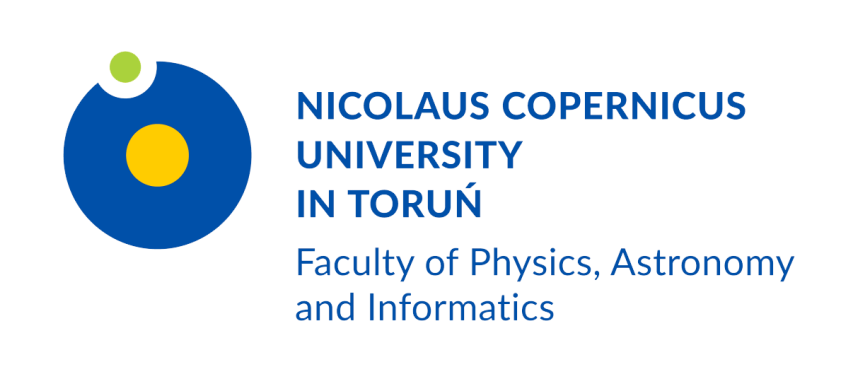
An international team of more than 2 hundred astronomers from 18 countries has published the first phase of a major new radio sky survey at unprecedented sensitivity using the Low Frequency Array (LOFAR) telescope. Dr hab. Magdalena Kunert-Bajraszewska and Phd student Carole Roskowiński from Nicolaus Copernicus University take part in this project.
The survey reveals hundreds of thousands of previously undetected galaxies, shedding new light on many research areas including the physics of black holes and how clusters of galaxies evolve. A special issue of the scientific journal Astronomy & Astrophysics is dedicated to the first twenty-six research papers describing the survey and its first results.
Radio astronomy reveals processes in the Universe that we cannot see with optical instruments. In this first part of the sky survey, LOFAR observed a quarter of the northern hemisphere at low radio frequencies. At this point, approximately ten percent of that data is now made public. It maps three hundred thousand sources, almost all of which are galaxies in the distant Universe; their radio signals have travelled billions of light years before reaching Earth.
All the research papers in the special issue of Astronomy & Astrophysics can be found at: https://www.aanda.org/component/toc/?task=topic&id=920
The research of the Toruń team is financed by the National Science Center.
LOFAR The international LOFAR telescope (ILT) consists of a European network of radio antennas, connected by a high-speed fibre optic network spanning seven countries. Three LOFAR stations are located in Poland: near Cracow (Łazy, Jagiellonian University), near Olsztyn (Bałdy, University of Warmia and Mazury) and near Poznań (Borówiec, Space Research Center PAS).
LOFAR was designed, built and is now operated by ASTRON (Netherlands Institute for Radio Astronomy), with its core located in Exloo in the Netherlands. LOFAR works by combining the signals from more than 100,000 individual antenna dipoles, using powerful computers to process the radio signals as if it formed a ‘dish’ of 1300 kilometres diameter. LOFAR is unparalleled given its sensitivity and ability to image at high resolution (i.e. its ability to make highly detailed images), such that the LOFAR data archive is the largest astronomical data collection in the world and is hosted at SURFsara (The Netherlands), Forschungszentrum Juelich (Germany) and the Poznan Super Computing Center (Poland). LOFAR is a pathfinder of the Square Kilometre Array (SKA), which will be the largest and most sensitive radio telescope in the world.
Institutes publishing the results
The Netherlands
ASTRON, the NOVA (Netherlands Research School for Astronomy) institutes at Leiden University, Groningen University, University of Amsterdam and Radboud University Nijmegen, SURF/SURFsara, SRON, Ampyx Power B.V, JIVE
United Kingdom
University of Hertfordshire, University of Edinburgh, Open University, University of Oxford, University of Southampton, University of Bristol, University of Manchester, The Rutherford Appleton Laboratory, University of Portsmouth, University of Nottingham
Italy
National Institute for Astrophysics (INAF), University of Bologna
Germany
Hamburg University, Ruhr-University Bochum, Karl Schwarzschild Observatory Tautenburg, European Southern Observatory, University of Bonn, Max Planck Institut für Extraterrestrische Physik, Bielefeld University, Max Planck Institute for Radio Astronomy
Poland
Jagiellonian University, Nicolaus Copernicus University Toruń
Ireland
University College Dublin
Australia
CSIRO
USA
Harvard University, Naval Research Laboratory, University of Massachusetts
India
Savitribai Phule Pune University
Canada
University of Montreal, University of Calgary, Queen’s University
South Africa
University of Western Cape, Rhodes University, SKA South Africa
France
Observatoire de Paris PSL, Station de radioastronomie de Nançay, Université Côte d'Azur, Université de Strasbourg, Université d’Orléans, CNRS-INSU
Denmark
University of Copenhagen
Iceland
University of Iceland
Mexico
Universidad de Guanajuato
Sweden
Chalmers University
Uganda
Mbarara University of Science & Technology
Spain
Universidad de La Laguna

 Grudziądzka 5, 87-100 Toruń
Grudziądzka 5, 87-100 Toruń